Description
Tartaric Acid: From Wine Caves to Culinary Creations
Tartaric acid, a dicarboxylic acid with the chemical formula C₄H₆O₆, is a naturally occurring organic acid with a rich history and a diverse range of applications. While perhaps best known for its presence in grapes and wine, its properties extend far beyond the vineyard, finding applications in food, pharmaceuticals, and even industrial settings.
A Vine-Grown Legacy:
The story of tartaric acid is inextricably linked to wine. As a byproduct of the winemaking process, it precipitates out of solution during fermentation and aging as potassium bitartrate, commonly known as cream of tartar. This crystalline deposit, found lining the insides of wine barrels, was used for centuries, often scraped off and discarded. It wasn’t until the late 18th century that Swedish chemist Carl Wilhelm Scheele isolated tartaric acid from cream of tartar, paving the way for its understanding and utilization.
Key Properties and Production:
Tartaric acid exists in three stereoisomeric forms: L-tartaric acid (the most common naturally occurring form), D-tartaric acid, and meso-tartaric acid. L-tartaric acid is chiral, meaning it exists in non-superimposable mirror image forms. Its acidic nature, solubility in water, and ability to form stable salts contribute to its various applications.
Commercially, tartaric acid is primarily produced from byproducts of the wine industry. Cream of tartar is treated with calcium hydroxide to form calcium tartrate, which is then treated with sulfuric acid to regenerate free tartaric acid. This acid is then purified and crystallized.
A Multifaceted Role:
Tartaric acid’s properties make it a valuable ingredient in a wide array of applications:
- Food Industry:
- Acidulant: It acts as an acidulant, providing a sour taste and improving the flavor of candies, jams, jellies, and fruit preserves. It’s often used in grape-flavored products.
- Leavening Agent: In conjunction with baking soda, tartaric acid helps leaven baked goods, contributing to their rise and airy texture. This is the basis of baking powder.
- Antioxidant: It can act as an antioxidant, preventing discoloration and preserving the quality of food products.
- Pharmaceuticals:
- Chiral Resolution: Tartaric acid is used extensively in chiral resolution, a crucial process in pharmaceutical synthesis for separating enantiomers (mirror image molecules) of drugs. Having the correct enantiomer is vital for drug efficacy and safety.
- Effervescent Salts: It helps create effervescent salts, which dissolve in water to produce a fizzy drink.
- Industrial Applications:
- Metal Cleaning: Tartaric acid can be used as a cleaning agent for metal surfaces, removing rust and tarnish.
- Textile Industry: It plays a role in dyeing and finishing fabrics.
- Building Materials: It can be used in the production of certain cements and plasters.
Beyond the Sour Bite:
While tartaric acid offers a tangy flavor and contributes to the enjoyment of various foods and beverages, its impact extends far beyond the culinary realm. Its crucial role in pharmaceutical manufacturing and its versatile industrial applications highlight its importance as a chemical compound.
Conclusion:
Tartaric acid, from its humble beginnings as a byproduct of winemaking to its diverse applications in modern industries, embodies the power of scientific discovery and innovation. This naturally occurring acid continues to play a vital role in shaping our world, proving that sometimes the most valuable resources are found in the most unexpected places. As research continues, we can expect to see even more innovative uses for this remarkable compound in the future.



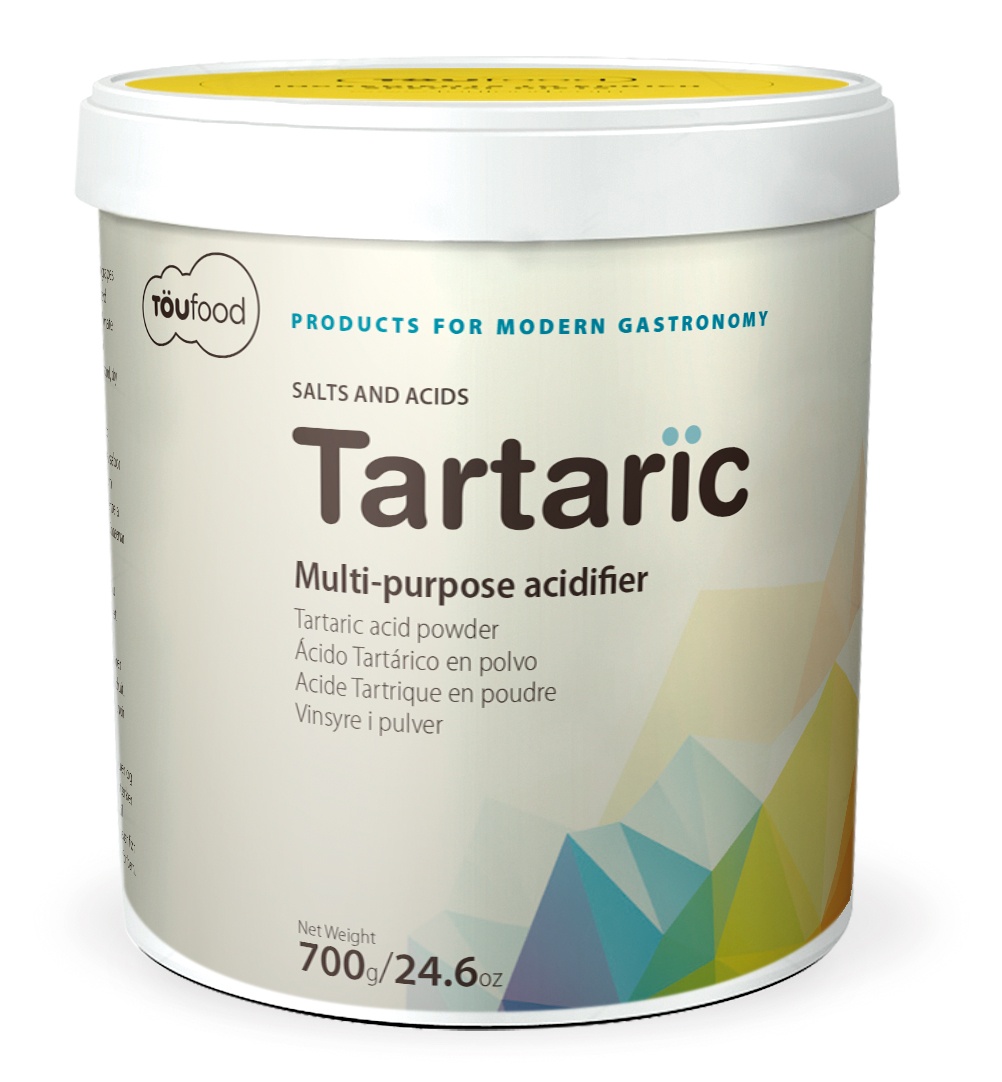
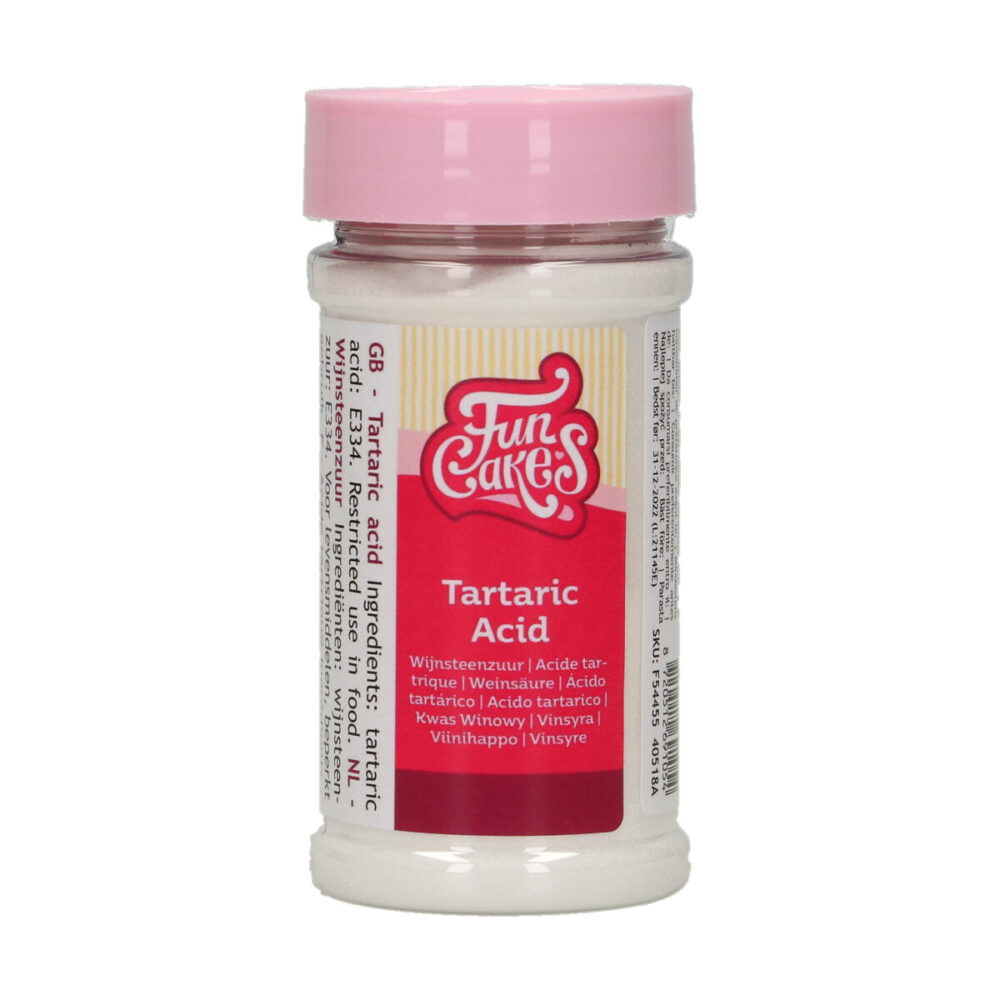
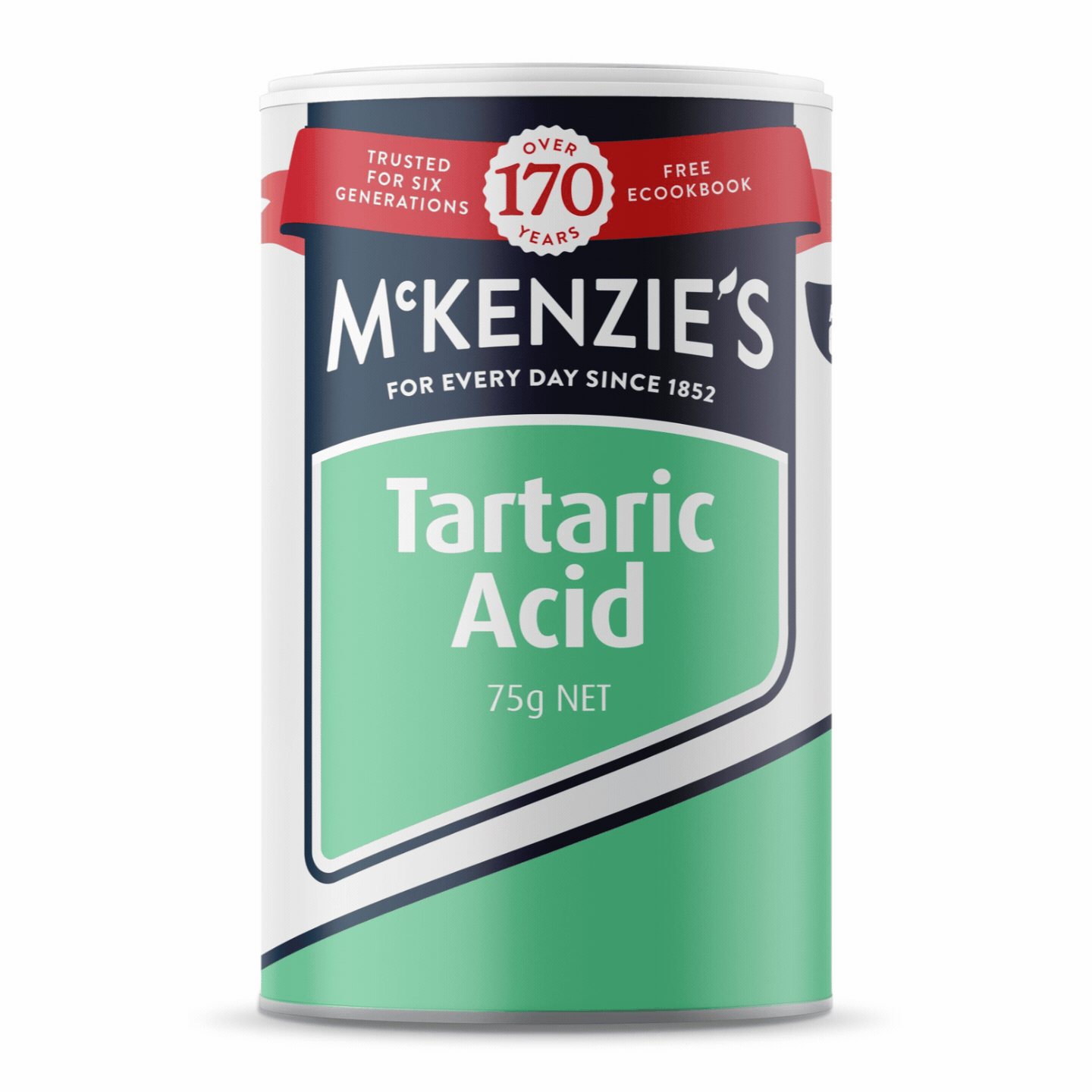
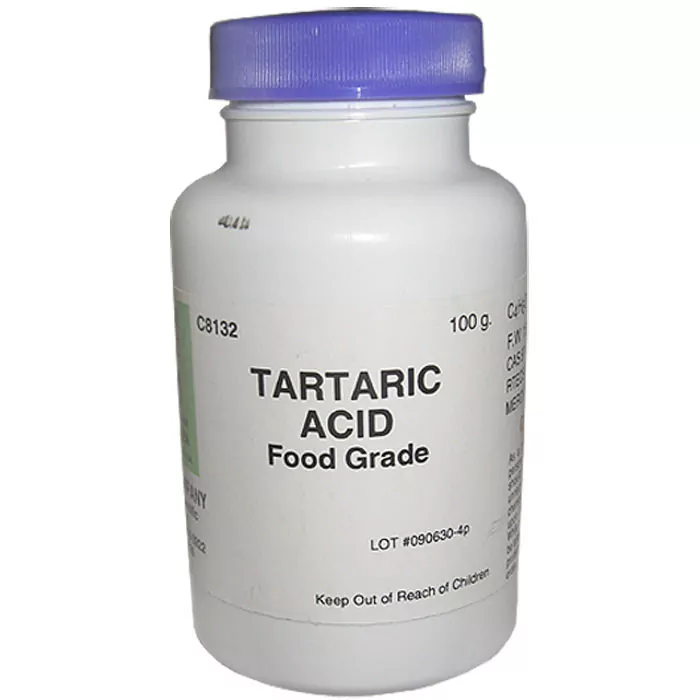
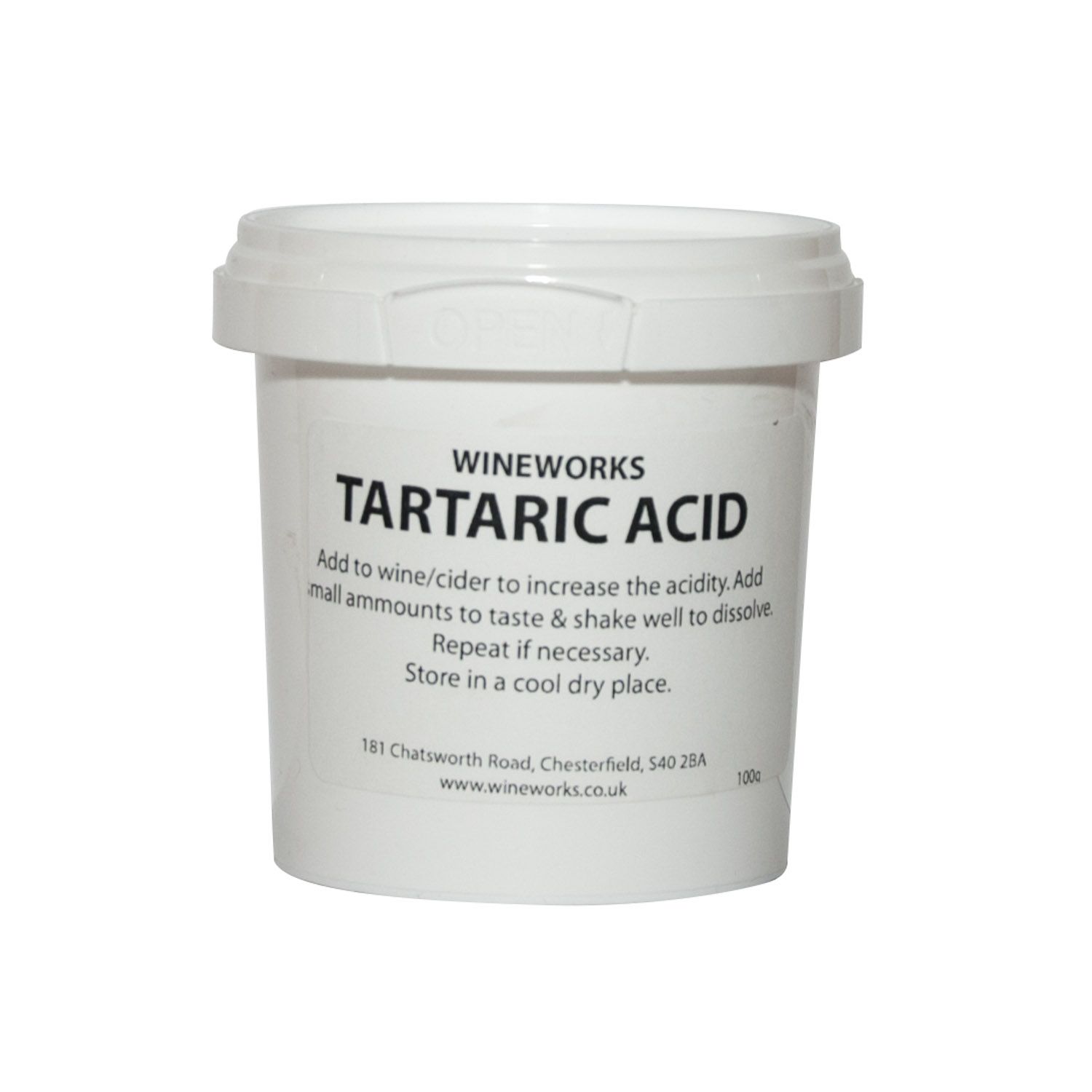
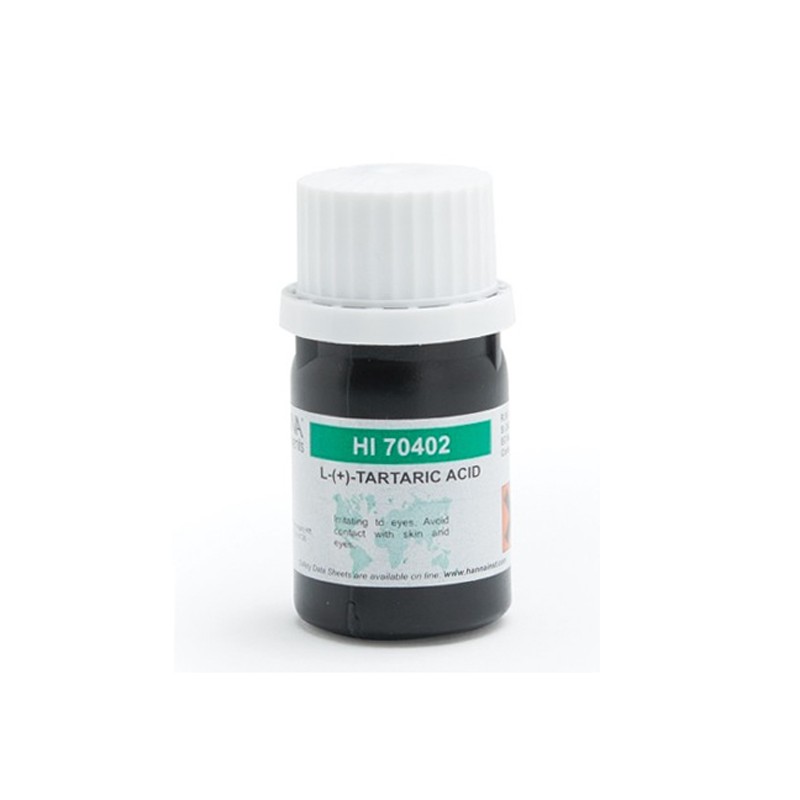




Reviews
There are no reviews yet.